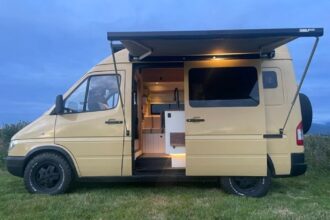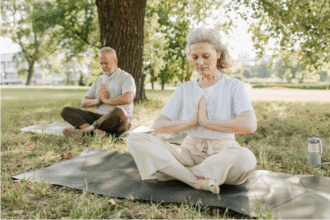Every great story has a setting that shapes the narrative. For filmmakers, it might be light, movement, or conflict. For climbers, it’s altitude. Kilimanjaro is one of those rare places where every step feels like a scene — where landscape, emotion, and endurance merge into a single story arc.
Those who climb with the guiding company here often describe the experience as cinematic: a journey that unfolds in acts, framed by light and shaped by tension. It’s the perfect lesson in visual storytelling — real, raw, and unscripted.
Act I: Establishing the Scene
Every film begins with immersion. The lower slopes of Kilimanjaro open in vivid colour — rainforest mist, filtered light, and deep greens that set the tone. For a content creator, this is the wide shot: the introduction that draws the audience in.
Understanding the mountain climate is crucial here. Light changes fast; clouds drift across frames in seconds. Shooting or storytelling on the mountain means adapting quickly — knowing how temperature, altitude, and time of day can change your mood, exposure, and message.
Act II: Rising Action
As you climb higher, the story tightens. The air thins, colours fade, and tension builds. In film terms, it’s where your subject struggles, evolves, or finds resolve. For climbers, this is the stretch between Shira Plateau and Barafu Camp — where fatigue replaces adrenaline, and willpower becomes the lens through which everything is seen.
The pacing mirrors editing: long, deliberate cuts interspersed with bursts of movement. Nothing is rushed, but every moment matters.
Act III: The Summit and the Shift
At the top, dawn breaks over the curve of Africa. The shot you’ve been building toward finally arrives. There’s silence, exposure, and scale — the perfect final frame. But the magic isn’t just the summit itself; it’s the emotional resolution. You realise the story was never about the mountain. It was about transformation.
Every filmmaker understands this moment. It’s the point where the audience feels what you felt. The camera fades, but the experience stays lit in memory.
The Takeaway for Creators
Kilimanjaro teaches what every visual storyteller knows intuitively: great stories are built on patience, rhythm, and authenticity. You can’t fake the light. You can’t rush the process. You capture what’s true, not what’s perfect.
The mountain is a reminder that the best stories aren’t created — they’re uncovered, one frame, one breath, one step at a time.

















